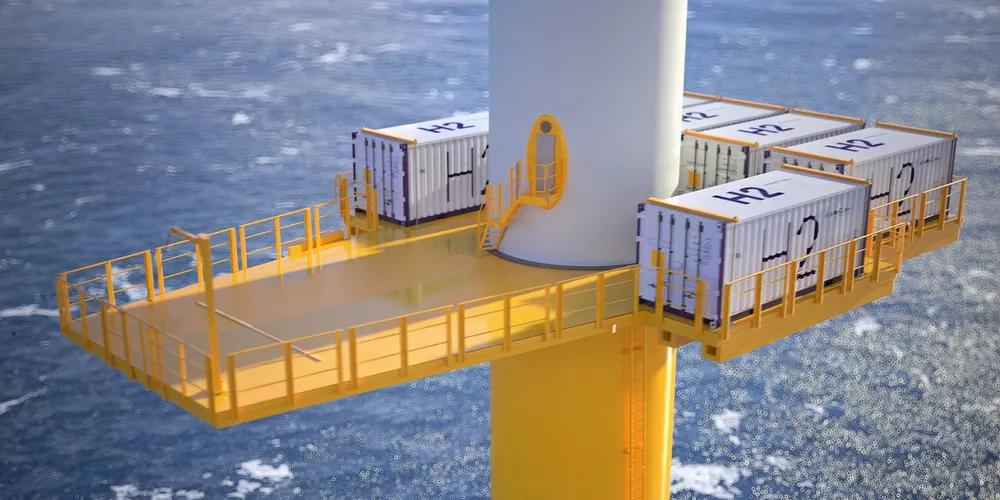Cable free: work starts on pipes to ship hydrogen – not power – from Siemens Gamesa wind turbines
OEM and plastic piping specialist Strohm look at systems to export fuel from integrated electrolysers

OEM and plastic piping specialist Strohm look at systems to export fuel from integrated electrolysers
